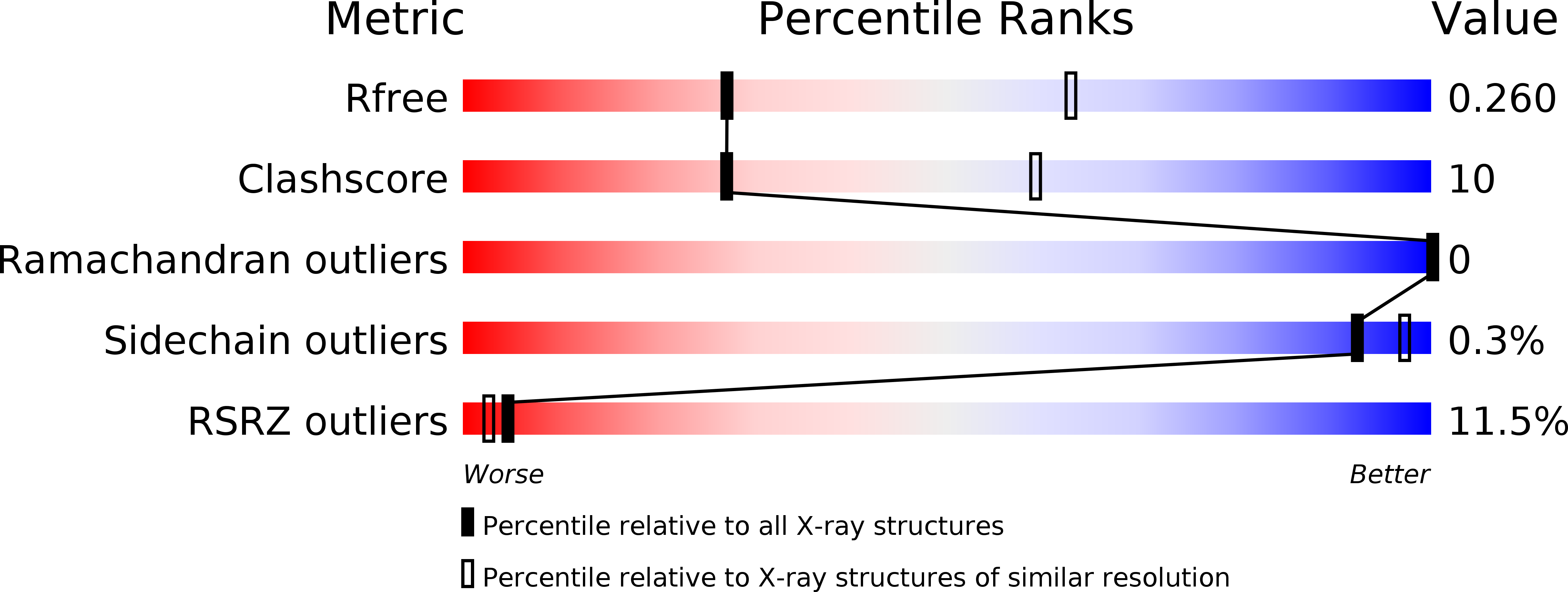
Deposition Date
2019-05-29
Release Date
2020-09-09
Last Version Date
2024-11-20
Method Details:
Experimental Method:
Resolution:
2.95 Å
R-Value Free:
0.26
R-Value Work:
0.22
R-Value Observed:
0.22
Space Group:
P 21 21 2


